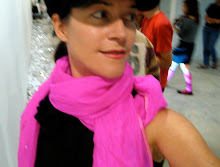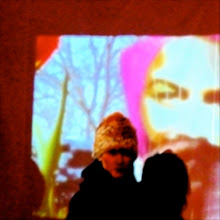There are few efforts more conducive to humility than that of the translator trying to communicate an incommunicable beauty. Yet, unless we do try, something unique and never surpassed will cease to exist except in the libraries of a few inquisitive book lovers.The difference seems to me to be that designers are creative archaeologists. We sift through everything up to now, our past is the immediate. But we are free to connect and reassemble using everything from now on back in time. our work is montaging the past. we use letters, words, thoughts and ideas to create new messages or immediate messages. We use images and styles and photos and people. we are, like archaeologists, the sifters, collectors and keepers. It's an enormously important role. recycling. but what are the consequences? i mean in the long term?
Edith Hamilton
Three Greek Plays, introduction (1937)
how confusing for someone 2000 years from now to see the works of today. for how much of what we make is 'authentic'? from my hand? or yours? we mix time up in these doughs that then we reshape and re-present and they are so 'now'. but what is now other than a fusion of then or everything up to now? perhaps creative making is always this: reshaping the past, making meaning which is sometimes seen as 'new' but always a collection of old.
I think that's another reason why i prefer the live art aspect of creation. the immediacy doesn't make me ponder authenticity. there is no plagiarism in collective spontaneity. or is there?
The job to entice, surprise, engage, entertain, inform, persuade—in short, communicate with readers—has been the burden of the artist from Day 1.Upper & Lower Case magazine
Jun 80


No comments:
Post a Comment